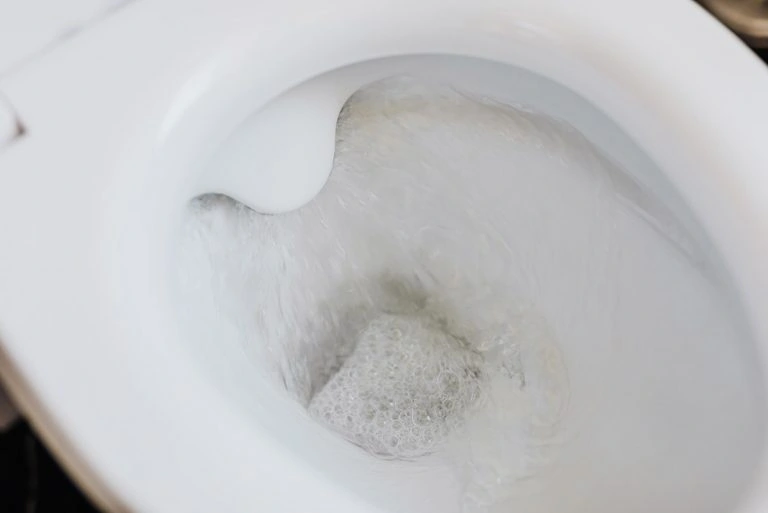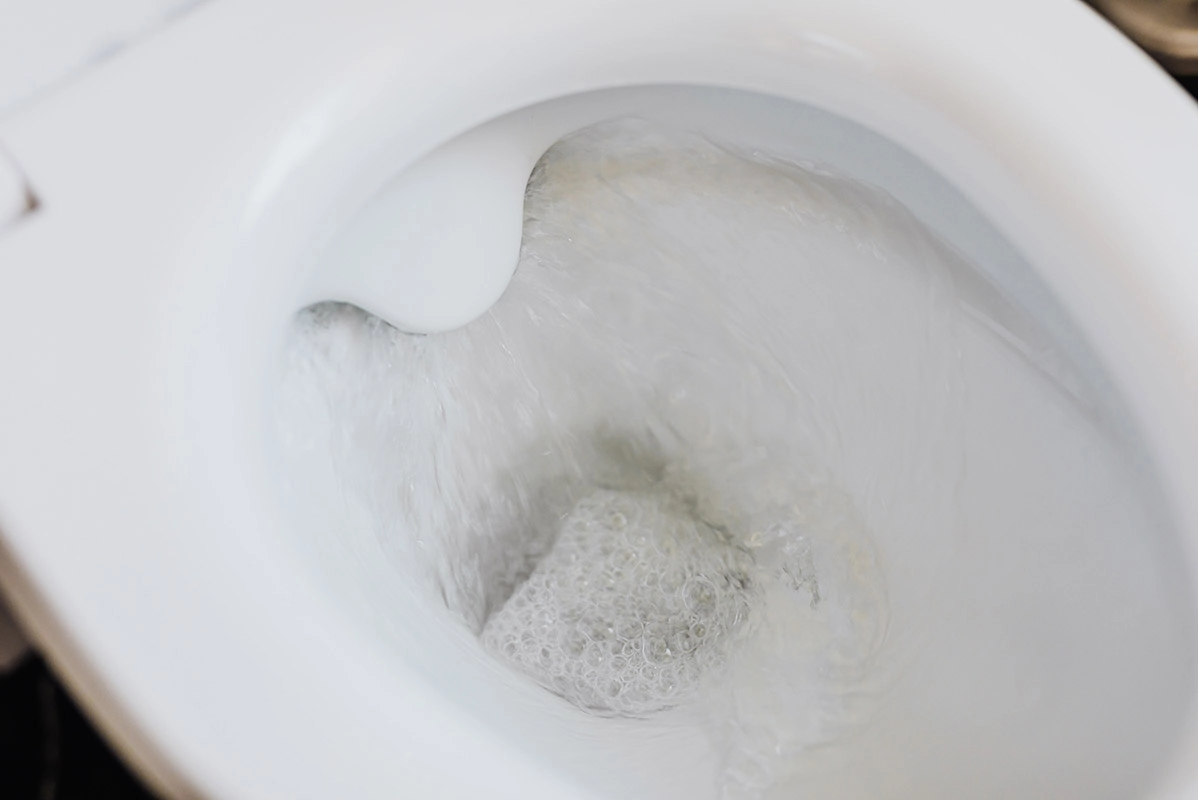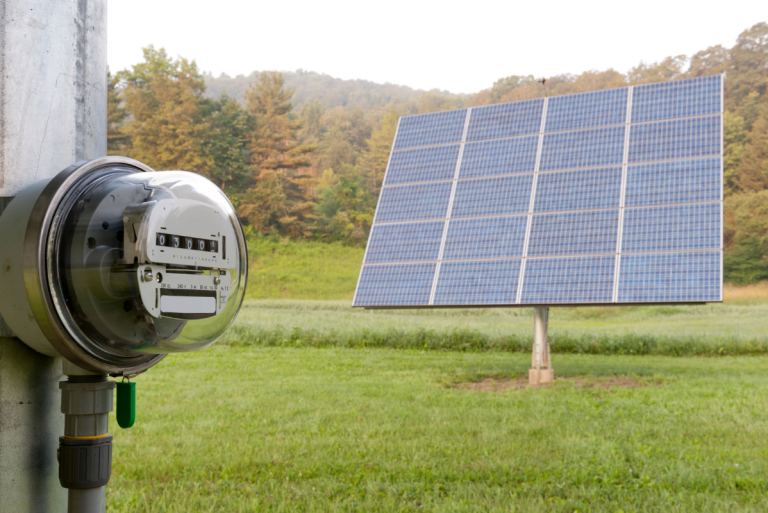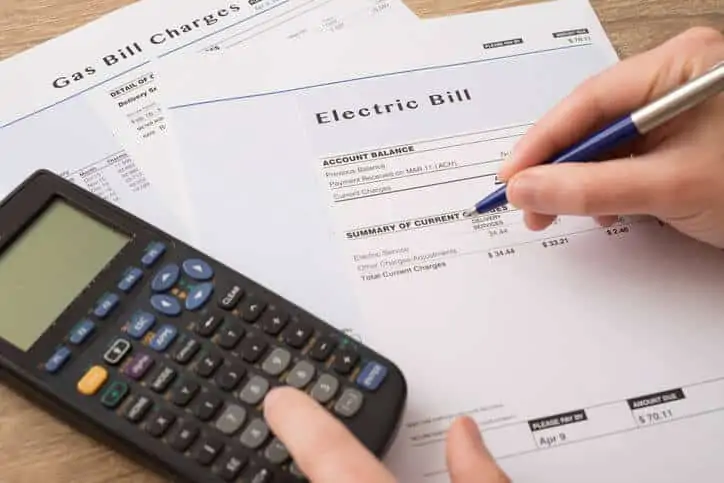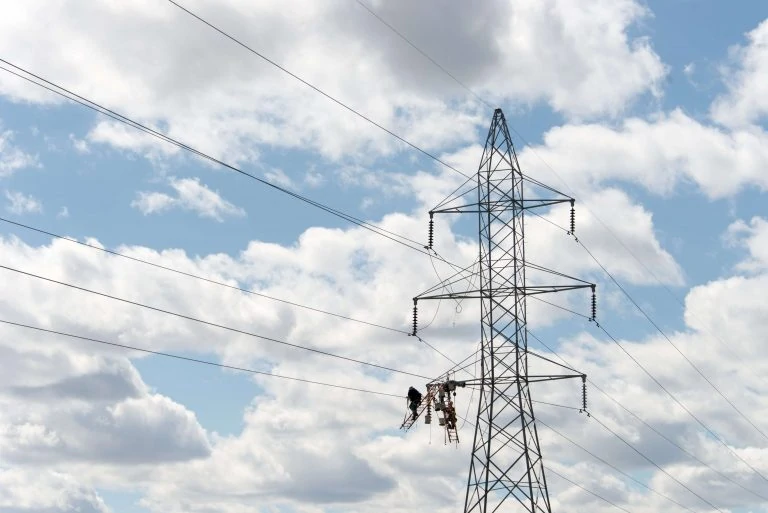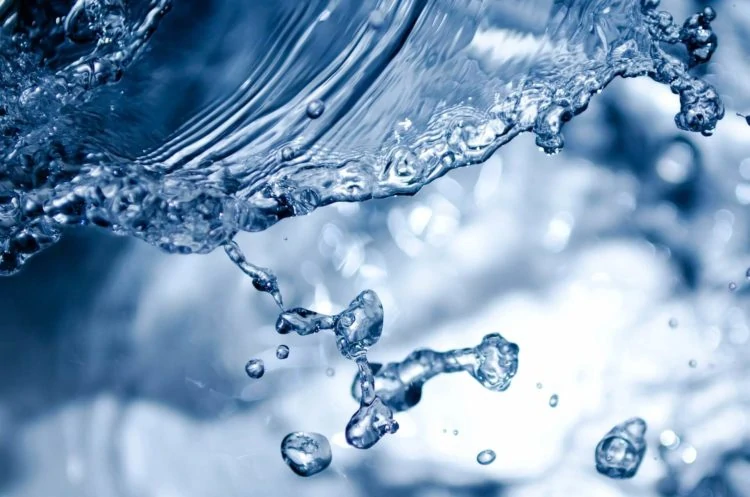Using low flush toilets will greatly reduce your home’s water usage, helping you save significantly on expenses and be kinder to the environment. In this article, you’ll learn everything you need to know about low flush toilets, from how they work to tips for choosing the best model for your home.
What are low flush toilets?
Low flush toilets, sometimes also called low flow, are toilets designed to use much less water through the use of a specific type of cistern and siphon that can flush waste effectively and more efficiently.

Source: Wikimedia / SuSanA Secretariat
If you currently use a regular toilet, it’s probably the most water-intensive appliance in your home. Traditional flush toilets make up around 14% of the average US household’s water usage or 38% of the indoor water usage.
Low flush toilets use 1.6 gallons of water or less per flush, compared to regular toilets which can use anywhere between 3.5 to seven gallons per flush.
In 1992, the US federal government introduced a law that all new toilets sold in the country had to comply with these guidelines and use no more than 1.6 gallons per flush. These days, some types of low flush toilets (or ‘low flow’ toilets) use significantly less water than even this, particularly high-efficiency toilets (HETs). These models typically use just over 1.2 gallons of water per flush, around 20% less than most low flush toilets.
Toilets with a dual flush function are the most water-efficient option of all. When you choose the low or half flush option, you’ll typically be using less than a gallon per flush!
If you have an older home, chances are your toilet is of the regular variety, rather than a low flow variety, and you may want to replace your toilet with a more eco-friendly model. Low flush toilets are one of the best ways to help you save water, and therefore save money too.
How do low flush toilets work?
Low flush toilets come in a range of designs that work in different ways, though the most common versions work using either gravity or pressure-assisted technology.
Low flush toilets range from simple to luxurious. However, all use some form of modern design or technology to deliver a combination of water efficiency and high performance.
How gravity low flow toilets work
Gravity low flow toilets work in a similar way to regular toilets. When you pull the flush lever or push a button, this releases a part inside the tank called the flapper, allowing water to flow into the bowl.
Gravity completes the process, forcing the waste out of the bowl and into the sewer system. Low flow gravity toilets use design features such as a higher bowl to flush effectively with minimal water.
How pressure-assisted low flow toilets work
Pressure-assisted toilets use a different method to ensure a powerful flush with a minimal amount of water. In these models, every time the toilet refills, the air is compressed in a pressure vessel inside the tank.
Then, when you flush the toilet, this compressed air is released, giving a burst of energy to flush the water.
This method is a highly-effective and water efficient way to flush your toilet, though the technology does come with a price. You’ll typically pay around twice as much for a pressure-assisted low flush toilet as you would for a gravity-driven one.
What are the advantages and disadvantages of low flush toilets?
Low flush toilets come with a range of benefits for both you and the environment. However, as with most things in life, they have their drawbacks as well.
Benefits of low flush toilets
Low flush toilets are water-efficient, environmentally friendly, and can improve your home in various ways.
They use much less water
Low flush toilets use a fraction of the water that regular toilets pour down the drain. Most low flow models use less than a quarter of the water flushed in a traditional toilet, and some high-efficiency toilets can use just 20% of this amount, or even less on the half flush option!
This is critically important because water conservation is one of the biggest environmental challenges of our time, and this crisis is expected to become more severe in the coming years. As individuals, we can make a difference by using more water-saving devices at home, starting with our toilets.
They’ll cut your water bill
Because a low flush toilet uses much less water, you’ll see a significant reduction in your water bill.
It won’t be long until you repay the investment of buying and installing a low flush toilet through your water savings.
Low flush toilets are effective
Modern low flush toilets use the latest technology and hydrodynamic modeling to achieve maximum flow with the minimum of water. These toilets have the ideal bowl shape and tank design so they perform just as well as high flow models.
Low flush toilets are user-friendly
From a user perspective, low flush toilets are exactly the same as regular ones – the only differences are in the internal mechanisms that allow them to flush with much less water. Therefore, these models are just as easy to use and clean as any other toilet.
They come in great, compact designs
These days, low flush toilets come in a range of fantastic designs. You’ll be able to choose from a range of colors, bowl shapes, seat shapes, and general styles.
In general, low flow toilets are smaller than regular toilets because they have much smaller tanks. This means that they can fit in tight spaces, free up space in larger bathrooms, and have a more modern, sleeker aesthetic overall.
Low flush toilets will increase your home’s value
Having low flush toilets installed will make your home more attractive to potential buyers, increasing its resale value. These types of toilets increase value because they allow buyers to save on expenses and look after the environment.
Like many property upgrades, installing low flush toilets usually increases a property’s value beyond the cost of the investment.
Drawbacks of low flush toilets
Along with their many benefits, low flush toilets can come with a few issues. However, most of these problems were a feature of older models from the 1990s and these issues have been addressed in more modern devices.
Older models may not flush as effectively
If you have a low flush toilet from 15 or 20 years ago, you may have issues with it not flushing as well as a regular toilet. When the US government introduced laws mandating a maximum flush volume in the 1990s in an effort to save water, many toilet manufacturers simply reduced the size of their tanks to comply with the maximum 1.6-gallon requirement.
Not surprisingly, these toilets didn’t work so well, leaving many early adopters of low flush toilets frustrated at having to flush two or even three times to make things go down.
Thankfully, technology has come a long way since then, and modern low flush toilets work just as well as regular ones!
Older models may also leak
Again, this is only a problem with low flow toilets made in the 90s. These early designs often had a problem with the flapper leaking.
This part of the toilet opens when you flush, letting water flow into the bowl, so a fault can mean that water runs continuously into the bowl. Not very water-efficient, nor eco-friendly!
Leaking can also occur because chlorine-based bowl cleaning tablets can damage the flapper and other older-style components, though this is an issue with all toilets from this era.
These days, manufacturers have worked out these kinks and use much more durable parts, so you shouldn’t have to worry about this issue when buying a new low flow toilet.
It was also rather difficult to find replacement parts for these models in the early 90s. However, these days it is much easier to find replacement parts for modern low flow toilets.
Low flush toilets are more prone to clogging
Low flow toilets can be more prone to clogging, mostly because sewer lines are designed to work with a certain level of water flow. Sewers work similarly to the tide in the ocean: as the waves come up to the shore, they carry items and debris and deposit them on the beach.
The sewer line in your house uses the same principle. When you flush the toilet, the water carries the debris down the sewer line and is deposited at the end of the “tide”.
Typically, debris is carried out of the toilet with a 2” pipe, which opens into a 3” pipe and finally to a 4” pipe. Every time the pipe widens, the water level drops, and if the water level is too low, debris can settle on the bottom of the pipe.
In particular, sewer systems in older homes are designed using a higher float level, which assumes there will be more water running through the system. Therefore, when you use a low flush toilet, there is less water to carry debris through the system, and it can get deposited along the sewer line between your home and the main sewer line, causing clogs.
However, this isn’t necessarily a reason to avoid low flush toilets, as there are plenty of things you can do to avoid or reduce clogging, which we’ll cover in the next section.
How do you prevent a low flush toilet from clogging?
Luckily, there are a few things you can do to prevent your low flush toilet from clogging:
- Perform regular maintenance – Hire professionals to conduct preventative maintenance on your drains every six months or so. This will push any resting debris through the sewer line and prevent clogs.
- Avoid ultra-style toilet papers – These extra fluffy toilet papers absorb more water, soaking up too much of the limited water running through a low flow toilet, and making it more likely to clog. Try these zero waste options instead.
- Don’t flush anything except toilet paper – In the same way, other items can lead to clogging when your toilet uses minimal water to flush. So never try to flush tampons, paper towels, or wet wipes – put them in the trash instead.
- Clear clogs with a plunger – If a clog does occur, clear it asap using a plunger. Don’t use the toilet until the clog is cleared, or you could end up with a major problem on your hands. Use a plunger that is designed to fit your toilet and capable of creating enough pressure to remove any clog – keep one next to each toilet in your home!
- Force a large flush – Keep your low flush toilet’s system moving by forcing a large flush from time to time. You won’t be able to do this automatically, so you’ll need to pour a large bucket of water into the system. This will trigger a manual flush, clearing any debris that may be sitting in the toilet’s stub and trap.
However, never try to force a flush through your low flush toilet if it is clogged, as this will likely cause an overflow – always use a plunger.
Additionally, you may have to take extra steps if your sewer line hasn’t been adjusted to deal with a low flow, especially if your home uses other water-saving devices as well. Sewer lines are set to a certain float level, and if yours hasn’t been adjusted to deal with less water flow, you may need to periodically flush water through the system to keep things moving.
If your low flush toilet is fitted onto an older drain system, it’s a good idea to:
- Run water through the system – Run an empty load of laundry or run some water through the drain with a hose to compensate for the low flow level.
- Flush more often – This seems to defeat the purpose of using a low flow toilet, but it may be necessary if your sewer line wasn’t designed for low water levels. In this case, flushing more often will help to avoid clogging.
Although this involves wasting a little water from time to time, these measures will mean you can continue to successfully use low flow devices, and so save more water in the long run.
How to choose a low flush toilet
As more people become conscious of the importance of saving water, manufacturers are producing an increasingly wide range of low flush toilets. These models cover various designs, functions, and technical specs – here’s what to look for to choose the right one for you.
Water efficiency
The main advantage of low flush toilets is that they save water, it’s important to choose the more water-efficient model. Look for high-efficiency models – these offer the most powerful flush for the least amount of water. You’re also most likely to get a great rebate on a high-efficiency toilet to help offset the cost.
Also, keep an eye out for low flush toilets with a “WaterSense” label. This certification is issued by the EPA and shows that the model has been independently tested and proven to be a high-efficiency toilet, meaning it uses no more than 1.28 gallons of water per flush.

This testing also verifies that the toilet is effective in clearing waste with this very water-efficient flush.
How effective is the low flush toilet?
You definitely want to make sure the toilet you choose works effectively – if you need to flush twice to remove solid waste from the toilet, you’ll end up using more water rather than less.
If you can, find out the model’s Maximum Performance (MaP) test results. This is an official test used by toilet manufacturers, government agencies, and water utility companies since 2003.
The MaP assessment tests how well the toilet can clear soybean paste, with a score corresponding to the number of grams the toilet can remove completely in a single flush. According to MaP’s website, the average score of all toilets tested in 2017 was 882 grams (31 ounces), up from 336 grams or 12 ounces in 2003.
So, if the toilet you’re looking to buy has a MaPs score of 880 or more, you can be pretty confident that it will work well with a single flush.
What about the noise level?
This one probably doesn’t affect the toilet’s performance, but a noisy toilet can be pretty annoying. Check the customer reviews and consumer forums to see if people complain about the noise to make sure you choose a nice, quiet model.
Consider the design and aesthetic
Design aesthetics are important, and can affect performance too.
Toilets with a taller bowl generally have a more powerful flush, as the water falls further and therefore harness the power of gravity to perform better without using more water. Equally, round bowls are more effective than elongated ones because their smaller size means the water can clear the bowl more efficiently.
Of course, aesthetics are important – after all, you use your toilet several times a day, so you should enjoy looking at it! Look at different designs and find out which seat and bowl shape you prefer, while also keeping in mind the amount of space available in your bathroom.
Price considerations for low flush toilets
Quality is important, but a higher price doesn’t always mean a particular low flush toilet is better.
When it comes to low flow toilets, paying more is usually more to do with aesthetics – going for a more expensive model will give you more choice of color and bowl shape.
You’ll also find more options in terms of one-piece and two-piece models at the higher price points.
How old is the model?
Your home may already have a low flush toilet. However, its performance will depend on the age of the unit. Low flow models from the early years are not nearly as effective as modern ones, often failing to clear the bowl in a single flush, as well as being prone to clogging and leaking.
Technology in this area has come a long way in 30 years or so, and modern low flush toilets are much more effective using even less water.
How to retrofit an old toilet
You don’t necessarily need to invest in a whole new toilet to reduce your water usage – you can also retrofit your old toilet.
Using a displacement device
Retrofitting an old toilet to make it more water-efficient is typically done with a household displacement device, which sits inside the tank and takes up a certain amount of space. This means that the toilet can still flush as normal, but it won’t fill the tank with as much water.

You can easily make your own displacement device by using a large plastic bottle, a plastic bag filled with water, or even a brick. If using a plastic bottle or bag, make sure that you weight it with pebbles or something small and heavy to give it stability.
This is a very affordable way to reduce the amount of water your toilet uses per flush without the cost or hassle of completely replacing the unit.
However, unlike modern low flush toilets, your toilet isn’t designed to flush efficiently with little water, so it won’t work as well as a model specifically made for this purpose, and you may end up double flushing. Furthermore, they may cause issues – for example, a brick can deteriorate and damage the mechanisms inside the tank.
Therefore, displacement devices are best used as a short term solution only, until you can organize to install a low flush toilet.
Using an early-close flapper
Another way to retrofit old toilets to reduce the flow is to use an early-close flapper. This is a valve that stops water flowing into the bowl, and can be set to do so before the tank is empty.
The big advantage of these devices is that they’re adjustable, so you can play around with water levels to find the perfect spot for the minimum flush that will clear the bowl every time. Although a more high-tech choice than a DIY displacement device, an early-close flapper will still affect the functioning and performance of your toilet.
Therefore, the best option is to get a low flush toilet that has been designed for this purpose.
FAQs
To make sure you have all the information you need at your fingertips before buying a low flush toilet, we’ve answered the most commonly asked questions on the subject.
Are low flush toilets expensive?
The cost varies depending on the mechanism – pressure-assisted models are roughly twice the cost of gravity-assisted toilets.
As more and more local authorities are making efforts to reduce water usage, many are offering rebates and incentives if you buy a low flow toilet. It’s worth checking with your local council, as this may make buying a low flush toilet much more affordable.
Do low flush toilets save much money?
Buying a low flush toilet is an investment, but you’ll find that it pays off in the long run.
In fact, you’ll probably find that through the reduction in your water bill, you’ll recoup the cost of the new toilet in about a year and a half.
Do low flush toilets clog easily?
Low flush toilets can be more likely to clog than regular toilets, because there is not enough water flow in the system, and debris can get stuck in the sewer pipes. However, you can prevent clogging through regular maintenance and avoiding flushing certain items.
Is a low flush toilet the same as a low flow toilet?
A low flow toilet is the same thing as a low flush toilet – these are different terms used to describe the same kind of toilet. These kinds of toilets are also sometimes called ultra low flow toilets (ULFTs).
ULFTs, low flush toilets, and low flow toilets are essentially the same thing – a toilet that uses no more than 1.6 gallons of water per flush. HETs (high efficiency toilets) are a type of low flush toilet that is extremely water-efficient, using less than 1.2 gallons of water each flush.
Can I install a low flow toilet myself?
If you’re planning on replacing your existing toilet with a low flow model, you may be thinking about removing it and installing the new one yourself. This may look pretty simple, but replacing a toilet is actually deceptively complex, not to mention time-consuming.
Toilet removal and installation require a certain level of experience and special tools. So, unless you’re an expert in this area and have your own tools, it’s best left to the professionals.
Why you should switch to a low flush toilet
Low flush toilets are better for your home and better for the environment. They’ll slash your water bill, help to address the world’s climate crisis, as well as making your bathroom more functional and aesthetically pleasing.
Although there were some issues with older low flush toilets, technology has come a long way, and modern designs have largely overcome these problems. Clogging can still be an issue with low flush toilets, but taking a few preventative measures can help avoid this problem.
For more on creating an eco-friendly home, check out these guides to solar lighting, efficient heating, and home wind turbines, and don’t forget to share this article on social media!
